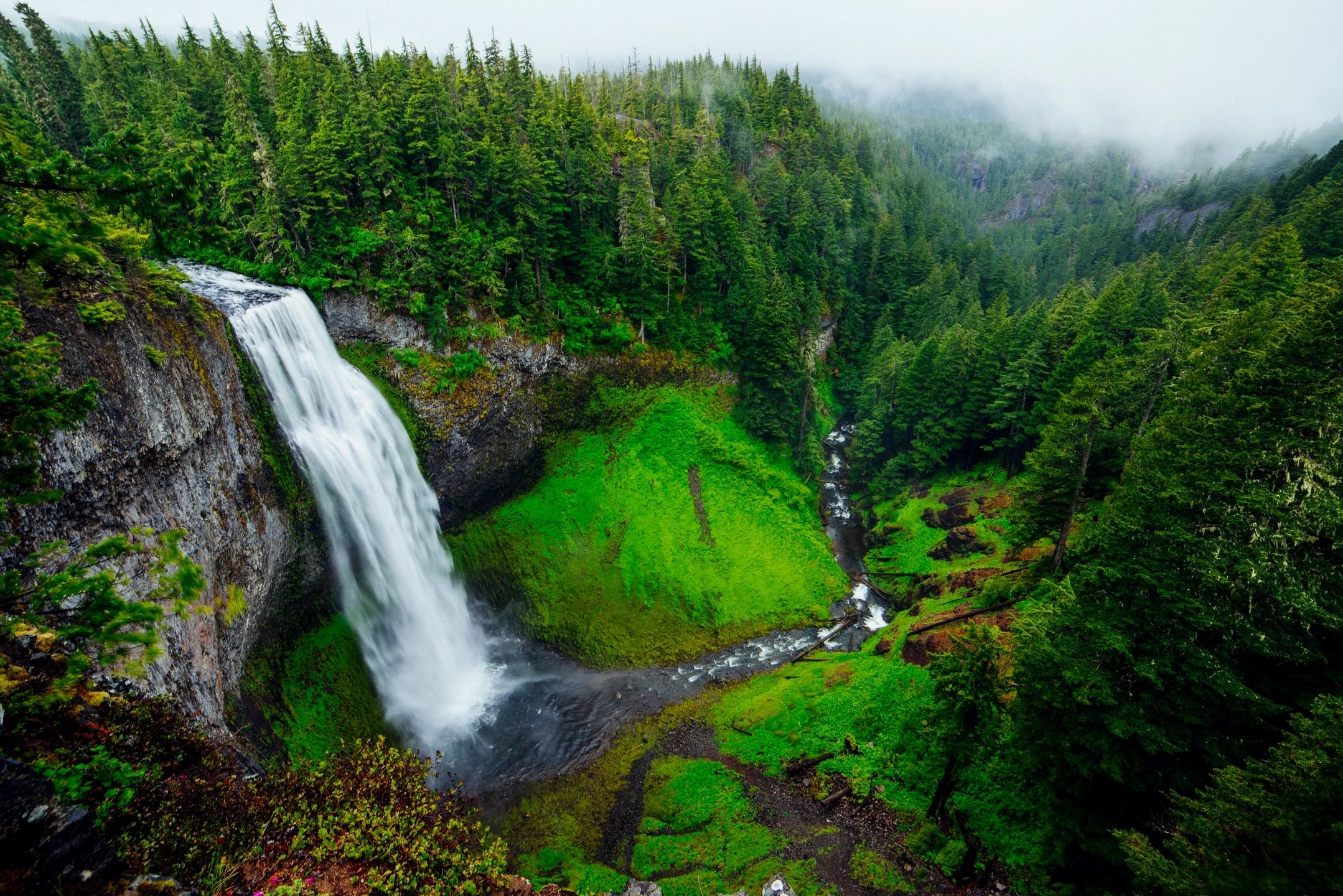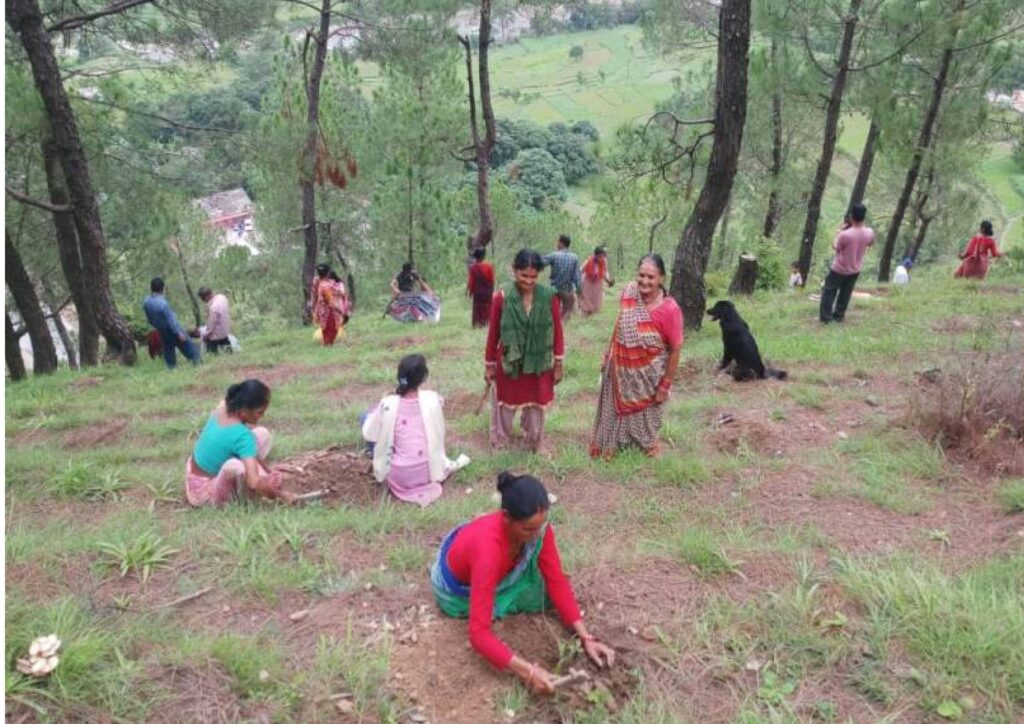Under the UFRMP, for the eco-restoration of degraded forest areas, three Eco- restoration models are being implemented through the Vanpanchayats. In the selected areas, the following supporting activities are also taken up:
1. Protection of the selected areas from grazing, fires and other human activities which aggravate degradation of
forests.
2. Soil and moisture conservation measures like construction of check dams, gully plugging, training of streams, digging of contour furrows along with seed sowing.
3. Silvicultural operations like singling, pruning and tending of already present rootstock to augment in-situ tree growth.
4. Artificial regeneration through afforestation activities in areas, which are blanks and poorly stocked.
5. Establishment of community managed nurseries in the VP areas and strengthening of departmental nurseries for supply of quality seedlings.
The three Eco-Restoration (ER) Models areas are selected on the basis of the given criteria:
Model 1
Partially degraded
Model 1 : Partially degraded
- The average crown density of a forest patch is between 40% and 70% .
- Remaining root stock is sufficient for natural regeneration.
- Species that are present in the forest patch are adequate, which does not
require manipulation by plantation.
Details
Model 2
Degraded
Model 2: Degraded
- The average crown density of a forest patch is between 10% and 40%.
- Remaining root stock is sufficient for natural regeneration with gap
planting
Details
Model 3
Completely Degraded
Model 3: Completely Degraded
- The average crown density of a forest patch is below 10%.
- Remaining root stock is insufficient for natural regeneration, which requires block plantation
Details
Site selection
The site selection for the different Eco-restoration models is done through GIS-based mapping and survey supported by ground truthing on the field.
In the ERM I areas Singling, pruning, tending of the available root stock is done and there is no plantation involved. In the ERM II areas, planting of 500 plants per hectare is taken up whereas in ERM III, planting of 1000 plants per hectare is taken up. In all the three ERM areas construction of rough stone dry packing wall is done to protect the area from anthropogenic pressures, grazing and forest fires.




